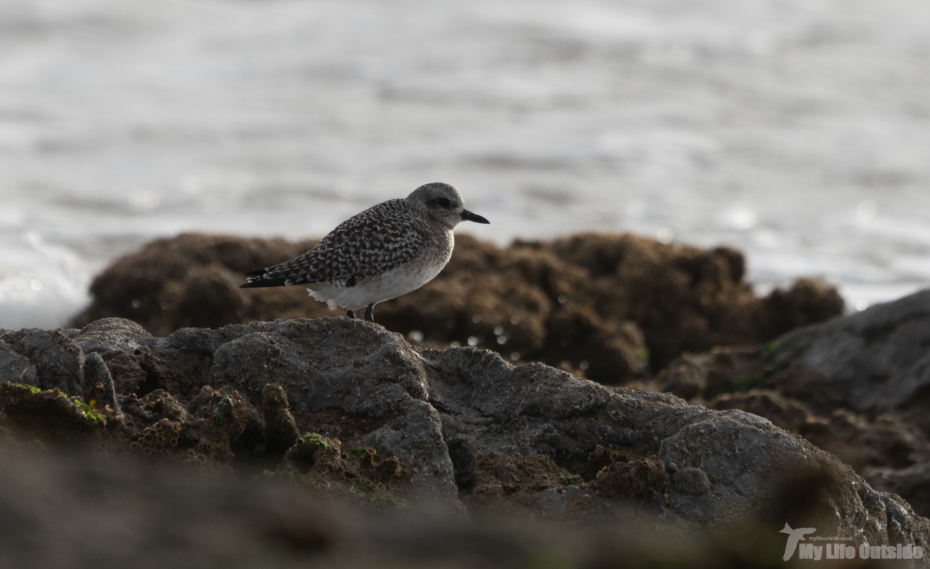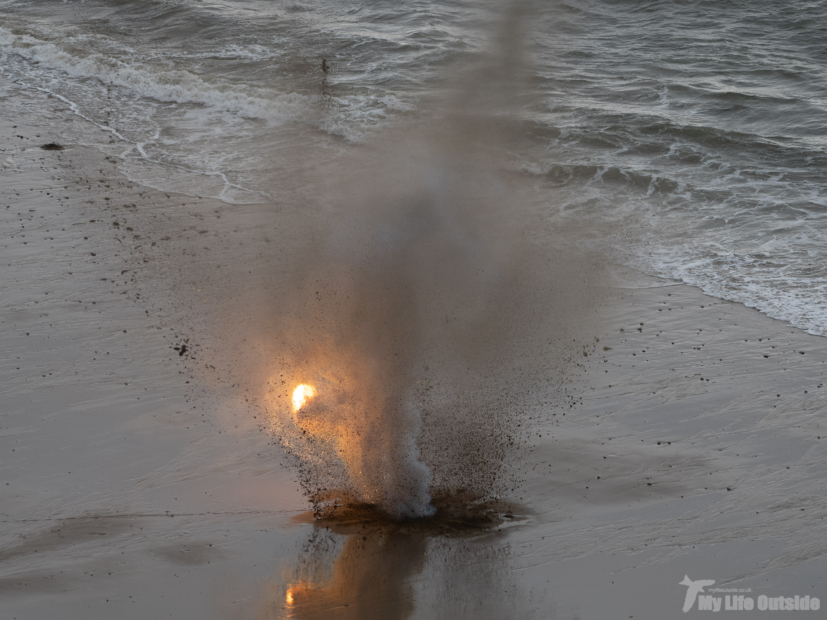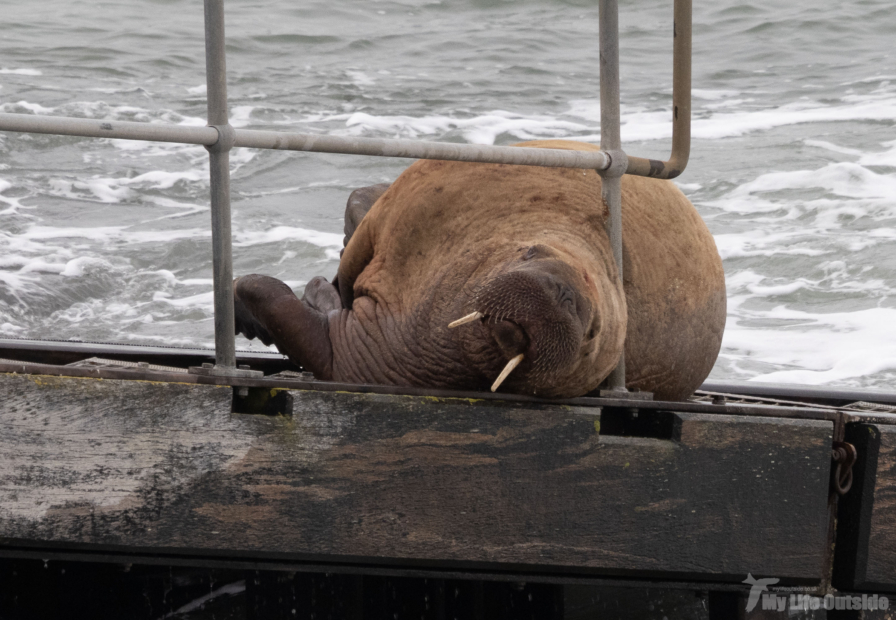As mentioned in my last post, a business meeting down in Windsor presented me with the perfect opportunity to visit the WWT London Wetland Centre. The site covers 42 hectares and used to be an old water treatment works. After years of landscaping and regeneration the centre is now designated as an SSSI and is one of the best urban sites in Europe from which to view wildlife. I highly recommend becoming a member of the WWT to support sites such as these. The cost involved is not large and I personally have made my money back at least ten fold in terms of the free visits that I have made to the various sites around the country.
My main target species for the day was believe it or not a Parrot, or a Ring-necked Parakeet to be precise. This is the UK’s only naturalised Parrot, and is heavily confined to the south-east of England. As such I had never seen one. Much to my surprise my first sighting came as I drove into the car park with a further three individuals sighted as I got out of the car, squawking loudly as they flew overhead. In fact it turned out that the car park was the best place to see these birds as I only heard them inside the reserve and never saw them. My best pictures were taken whilst I was stood next to a coach of school children, shortening my life considerably in the process due to the exhaust fumes.
Inside the entrance a very friendly and noisy male House Sparrow stood obligingly, whilst two juvenile Coots were prowling the restaurant tables. These young birds have clearly realised that they are on to a good thing, and were incredibly tame. What a diet of cake crumbs and dropped chips will do for their health though I can only imagine. I was also fortunate to get very close and personal with a Grey Heron, who had not yet fled the board walk area due to the early hour and lack of disturbance. For a good few minutes I stood almost eye to eye with this magnificently elegant creature before moving on to allow it to find a more secluded place for the day.
The highlight of the day was the aforementioned Blue Tit fledglings who all left the nest whilst I was stood beneath. My attention was drawn to the spot by the noisy chatter of the adult birds, who at this time were still bringing food back to the nest. Within minutes the feeding had ceased and the adults moved to a nearby bush and began to issue a continual high squeak which I presume to be a calling cry. The first juvenile popped his head out and spent the next few moments gradually edging further and further out of the nest hole. Eventually he almost dropped out of the nest and became instantly hidden from view in the undergrowth. Over the next ten minutes the entire brood left, leaving behind a strangely empty feeling given how much life had been present so recently.
The main lagoons at the reserve were full of the signs of spring, with Lapwings, Coots and Moorhens all having young hatchlings in tow. My first terns of the year came in the form of ten or so Common Terns who are presumably nesting at the site. Overhead were good numbers of Swift, House Martin and Sand Martin, though strangely no Swallows. I’m not sure if this is a species that is properly absent or if I was just unlucky not to see any. If other visitors could let me know I’d be interested to hear from you.
Photography wise I managed to get some excellent shots of a Little Grebe which was fishing just in front of one of the hides. The lighting was absolutely perfect and I am chuffed with the results. Elsewhere on the reserve were Ringed Plover, Redshank, Pochard, Tufted Duck and Reed Bunting as well as large numbers of singing Reed, Sedge and Willow Warblers. Also making a good racket were the Starlings who issued a loud shriek each time they flew overhead, beaks stuffed with insects for their offspring. Overall it was a very enjoyable visit and I recommend it be added it to your list of things to do when visiting London.



0 Comments